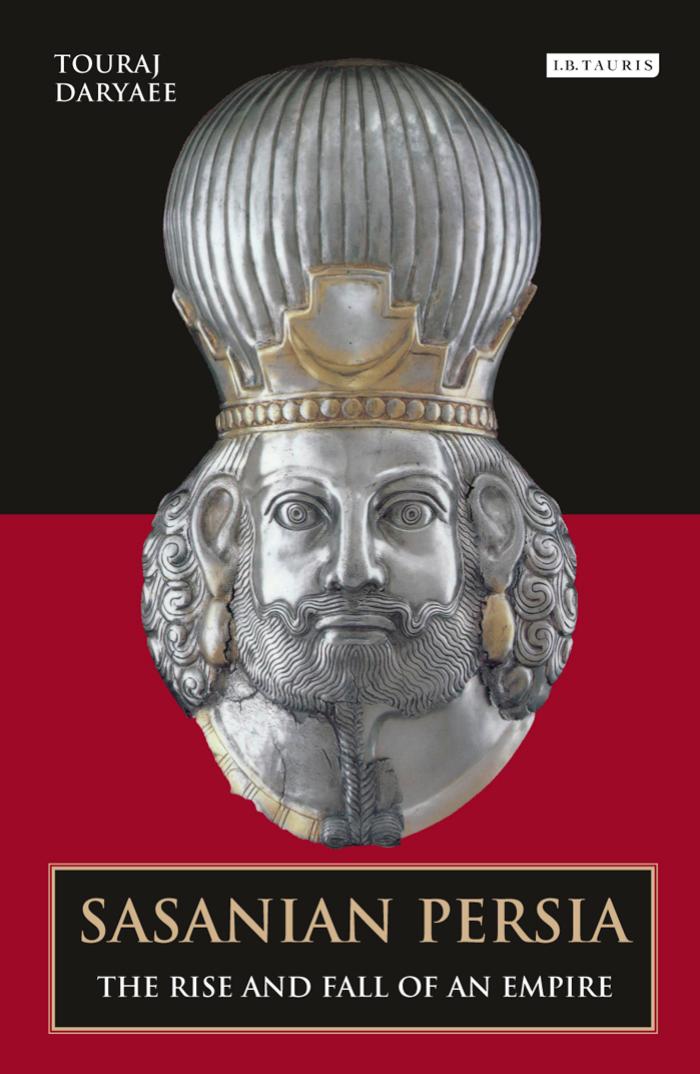Sasanian Persia: The Rise and Fall of an Empire by Touraj Daryaee

Author:Touraj Daryaee [Daryaee, Touraj]
Language: eng
Format: epub, pdf
Publisher: I.B.Tauris
Published: 2014-08-15T00:00:00+00:00
MIDDLE PERSIAN TEXTS
In relation to non-monumental and non-religious Middle Persian literature we also should mention papyrus, and ostraca, as well as writing on silver vessels. The papyri are important because they give us information on the Sasanian military and in the way in which letters were composed. The papyri were mainly the product of late Sasanian period, specifically the product of the period in which King Khusro II had conquered Egypt and the military apparatus were in charge of that region. The papyri include the list of foodstuffs to be transported, which give us some insights into the diet of the Persian soldiers abroad. This consisted of bread (nān), meat (gušt), and wine (may), and sometimes fowl. Also the title of several officers and typical salutary formula are found with the word of praise (namāz).17 These documents also tell us something about the nature of writing and literacy in the Sasanian world, where at least those serving as officers knew how to read and write. The formulaic manner in which the letters are composed also tell us that they were probably schooled in the art of writing. The letters also use the Zoroastrian calendar system and most names are Zoroastrian. However, we should remember that by the late Sasanian period, Christians and others could also have had Iranian names. We also find non-Iranian names such as Samuel (Shamuel) as merchants who appear to have cooperated with the Sasanian forces in Egypt. The recent Middle Persian documents found and housed at Berkeley informs us that within the Iranian Plateau parchments and leather were used for writing. These documents are also economic in nature and appear to be mainly related to central Iran.
The Middle Persian texts are the main corpus of our study.18 They are mainly the product of Zoroastrian priestly writing and so they are colored by a religious outlook, where the idea of “profane” does not, if rarely, exist, although some have been seen as less theological than others.19 We can firmly believe that there was a larger amount of Middle Persian literature in various genres, but because of the hardship on the Zoroastrian community throughout the ages, only those books that were of utmost importance for the religion and communal solidarity were copied by the priests and the rest were lost. Personal choice and taste were also to preserve some of the more rare texts that do survive. Even within the surviving texts, there are different genres which are dealt with separately in their appropriate headings below. They are, however, diverse enough to give us an understanding of Persian mentalities, views of the Persian view of life, religion, and the cosmos according to men. We will divide this large corpus into the following categories:
• Commentaries on the Avesta (zand).
• Philosophical and debate texts.
• Apocalyptic texts.
• Didactic texts (andarz).
• Geographical and epic texts.
• Legal texts (dādīg).
• Cultural texts.
• Dictionaries (frahang).
Download
Sasanian Persia: The Rise and Fall of an Empire by Touraj Daryaee.pdf
This site does not store any files on its server. We only index and link to content provided by other sites. Please contact the content providers to delete copyright contents if any and email us, we'll remove relevant links or contents immediately.
| Africa | Americas |
| Arctic & Antarctica | Asia |
| Australia & Oceania | Europe |
| Middle East | Russia |
| United States | World |
| Ancient Civilizations | Military |
| Historical Study & Educational Resources |
The Daily Stoic by Holiday Ryan & Hanselman Stephen(3116)
The Fate of Rome: Climate, Disease, and the End of an Empire (The Princeton History of the Ancient World) by Kyle Harper(2884)
People of the Earth: An Introduction to World Prehistory by Dr. Brian Fagan & Nadia Durrani(2622)
Ancient Worlds by Michael Scott(2504)
Babylon's Ark by Lawrence Anthony(2438)
Foreign Devils on the Silk Road: The Search for the Lost Treasures of Central Asia by Peter Hopkirk(2393)
The Daily Stoic by Ryan Holiday & Stephen Hanselman(2355)
India's Ancient Past by R.S. Sharma(2308)
MOSES THE EGYPTIAN by Jan Assmann(2283)
The Complete Dead Sea Scrolls in English (7th Edition) (Penguin Classics) by Geza Vermes(2147)
Lost Technologies of Ancient Egypt by Christopher Dunn(2124)
The Earth Chronicles Handbook by Zecharia Sitchin(2106)
24 Hours in Ancient Rome by Philip Matyszak(1978)
Alexander the Great by Philip Freeman(1968)
Aztec by Gary Jennings(1884)
The Nine Waves of Creation by Carl Johan Calleman(1789)
Curse Tablets and Binding Spells from the Ancient World by Gager John G.;(1773)
Before Atlantis by Frank Joseph(1744)
Earthmare: The Lost Book of Wars by Cergat(1719)
